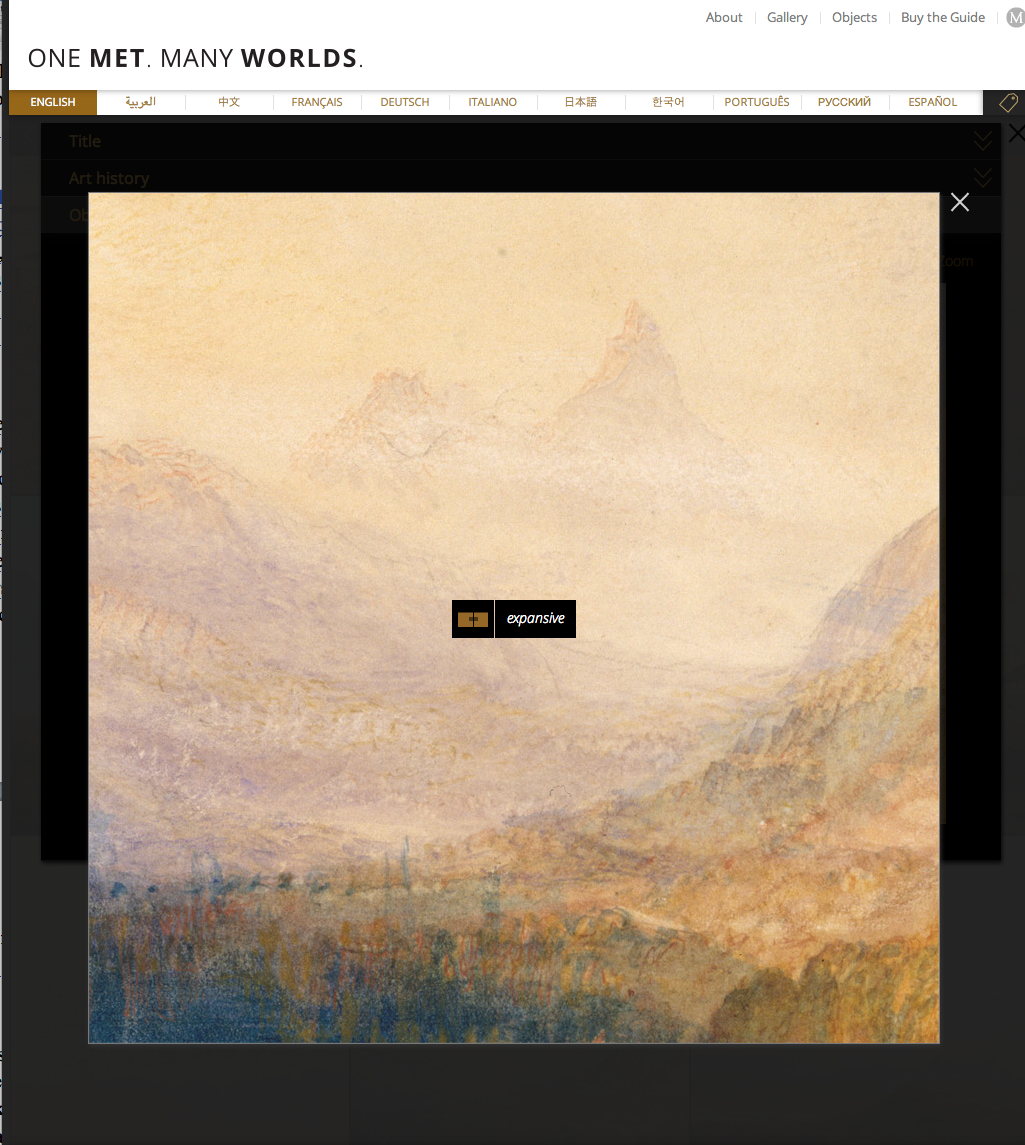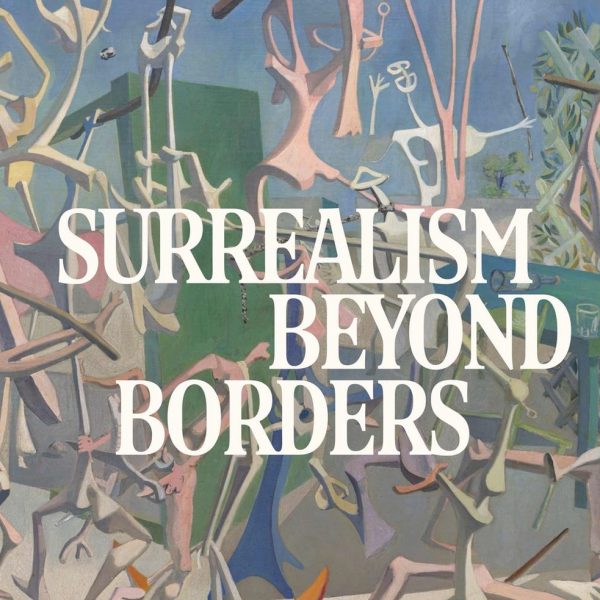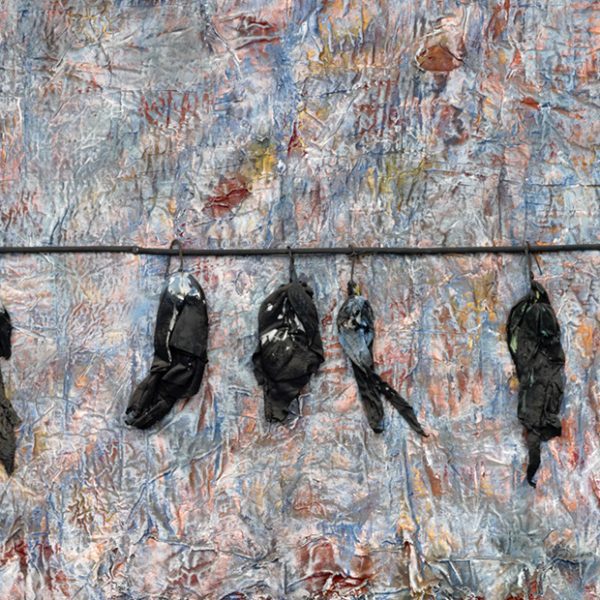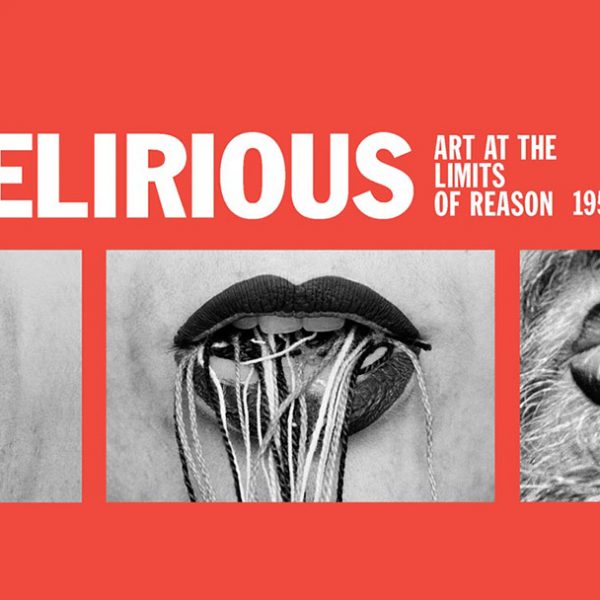One Met. Many Worlds. and The Metropolitan Museum of Art Guide
The Metropolitan Museum of Art generously shared following post with the Yale ARTbooks blog. See the post on their blog.

Left: The homepage of One Met. Many Worlds. Right: The cover of The Metropolitan Museum of Art Guide
The online feature One Met. Many Worlds. launched on June 9, and The Metropolitan Museum of Art Guide recently became available as an e-book on Amazon, Google Play, and iTunes; the print version will soon be released in Arabic, German, Korean, and Russian. These two projects present different perspectives on the highlights of the Museum’s collection: One Met. Many Worlds. is driven by universal concepts that encourage the viewer to explore artworks in a new ways, while the Guide provides an essential art history background in a more traditional format. I recently spoke with Amy Liebster, associate coordinator for online publications, about both the web feature and the various versions of the print guide.
Rachel High: One Met. Many Worlds. is largely inspired by The Metropolitan Museum of Art Guide. Can you talk a bit about the differences and similarities between this project, the print guides, and the e-book? How do you think these resources complement each other?
Amy Liebster: The project is inspired by and based on the printed guide in all of its foreign-language versions. We wanted to present the material from the Guide in many different formats so it would appeal to people who want a varied experience of the guide content. Basically, there are four different ways to use the feature. If you are interested in the curatorial, art historical context, you can read the object label and get the art historical information about each object. For those have a predominantly visual perspective, we have gone through the 500+ works of art from the guide, picked out visually engaging details, and then linked them through universal concepts so visitors can explore the collection through these universal categories. There is also a pairing component where users can pair the details on their own; visitors can leave their mark on the Met by posting those pairs of details to our visitor gallery.
Finally, for more globally minded visitors, the feature is available in English as well as ten different foreign-language versions. There are now eleven different versions of the Guide, and that’s reflected on the feature, so visitors can access the material in English, Arabic, French, Italian, Spanish, Portuguese, Japanese, Chinese, Korean, German, and Russian, and get the same experience in every language. You can post in your language, you can navigate the feature in your language, you can see the Guide material in your language, and you can also see the universal concepts in your language.

A screenshot of image details on the Chinese version of One Met. Many Worlds.
Rachel High: For the print guide, I think these foreign languages are essential because it provides access to the Museum to so many different cultures, including people worldwide who are not able to visit us in person. They can buy the book and learn about the collection in their own language. Accessibility is a chief reason for the inclusion of these languages in One Met. Many Worlds., but I think languages play a slightly different role in this project. Could you talk about the importance of language here?

A spread from the Korean version of the The Metropolitan Museum of Art Guide
Amy Liebster: Having the books in different languages is ideal because it broadens the audience of the content; visitors from China can buy the Chinese version of the Guide, for example. But on this feature, we are allowing global access without having to make the commitment of buying a single-language version. Visitors can switch freely between languages from any part of the feature. I can imagine people using this when trying to learn a language; they could see all the different concepts and all the works of art tagged as those concepts, and switch readily between all the different languages. This feature is also great for people who speak more than one or two languages.
Rachel High: The social aspect of One Met. Many Worlds. is really interesting to me. Can you explain the exercise and how you think this will facilitate new, user-driven interpretations of the artworks?
Amy Liebster: When we began the project, we were looking closely at the works of art and coming up with interesting details and then applying a universal concept to it. We would then pair the detail with another that had either a contrasting or a similar concept, and then display those two works of art side by side. We were trying to show the different ways you can look at and connect different works of art in the collection, ways that you might not have thought of just by reading the art historical context.
Then, we developed the pairing exercise, which allows visitors to have that same pairing experience, without any filter. They can engage with the work of art in any way they would like. For example, when you are looking at the feature, you can select a detail to see the universal concept we have identified, and then you get the opportunity put your own mark on it. For example, this detail has been tagged as “expansive,” but maybe I disagree with that and I actually think this is flat because it is on the surface of the canvas, so I have to opportunity to share my own interpretation of the work of art.
Detail of Joseph Mallord William Turner’s The Lake of Zug, tagged as “expansive” on One Met. Many Worlds.
Say we pair images from the thematic categories “expansive” and “industrial.” As a visitor, I see the pieces in a different way than the Met has tagged them. I could write something completely different. For example, I could type “flat” and “dimensional.” Then if I want, I can post it to the visitor gallery, where it will be listed with other visitors’ pairs, or I can share it straight to my social media channels. We are envisioning people using this as their Facebook banner or sending it in an email to a friend. You can also complete the exercise in any of the eleven languages offered, and there will be different visitor galleries for each language, so visitors can see all the pairs that have been done in Russian, all the pairs that have been done in Portuguese, and so on. Basically, we want to encourage people to look at what we’ve singled out as interesting concepts and react to that in their own voice. Then they can either share it publicly or privately.

Rachel High: In addition to being a great souvenir, I think a strength of the printed guide is that you can plan your trip before you visit the Museum, or you can take it with you and learn about the work as you travel around the building. It is becoming even more portable with the new e-book, so you’ll be able to look at an artwork and find easily searchable information about it in the palm of your hand on your phone or tablet. How does One Met. Many Worlds. fit into the museumgoer’s experience?

An example of a pairing that can be named and shared on the feature’s gallery and around the web
Amy Liebster: One Met. Many Worlds. is great for those who are not able to come to the Museum. They can access it from where they are, see the works up close in high resolution, and still get a close-looking experience. This will not facilitate the same experience as seeing the work in person, but rather a different, digital experience that will allow visitors to leave their mark. The printed guides, the e-book, and One Met. Many Worlds. represent a suite of offerings for people who like to experience the content in different ways with a global reach. The project is supposed to act as the name suggests, showing the works of art together without grouping them by time period or art movement. One Met. Many Worlds. is about looking at the works of art on an even playing field in a visual way, and presenting an alternate point of view to the printed guide, while still being bolstered by its curatorial, art historical context.


























